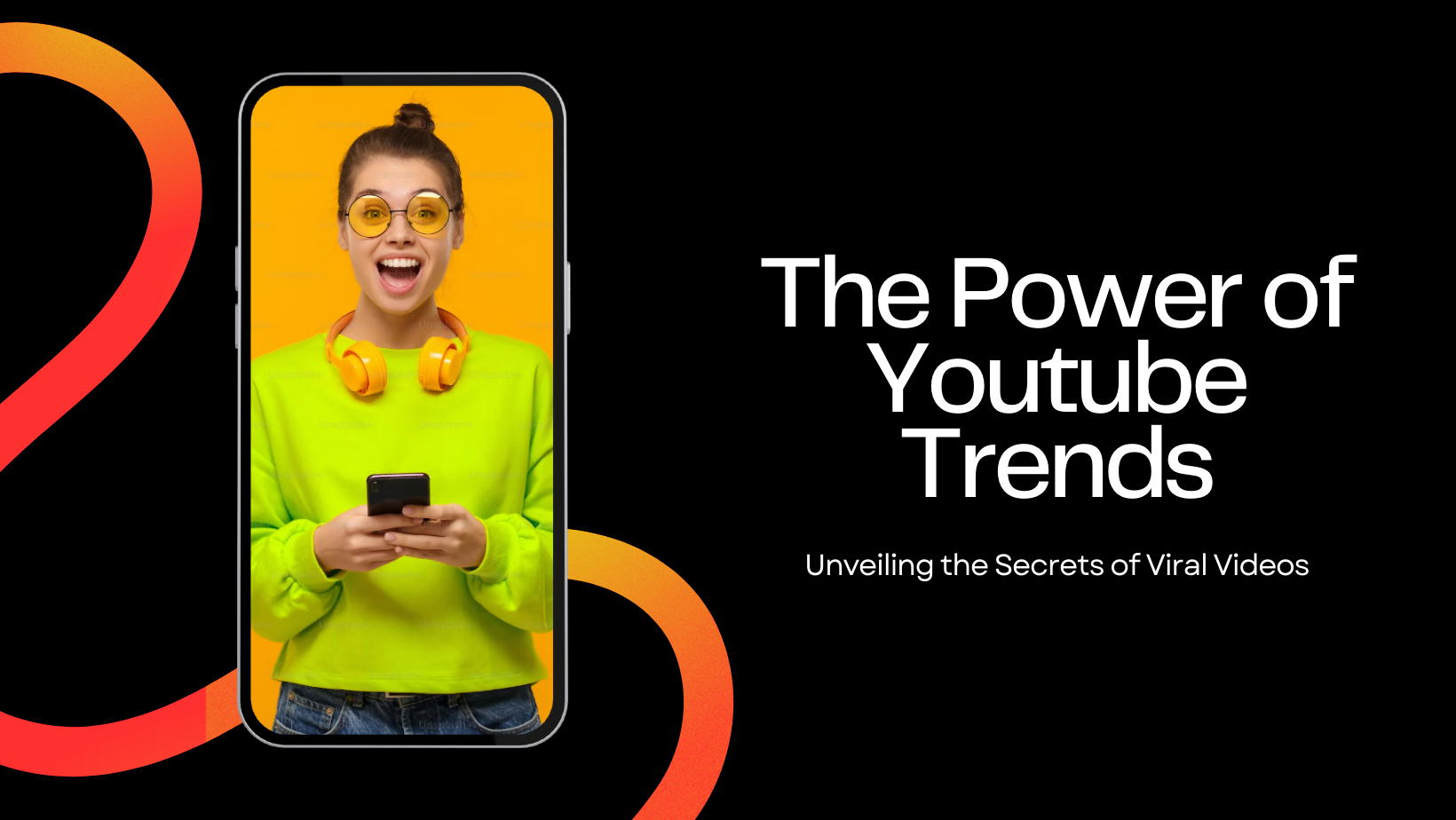Trending on YouTube is a list of videos that are currently popular on the platform. It is updated every 15 minutes and is based on a variety of factors, including view count, view velocity, source of views, age of the video, and video performance compared to other recent uploads from the same channel. But how do videos really get on the trending list?

YouTube’s goal for Trending is to showcase videos that are appealing to a wide range of viewers, are not misleading or clickbaity, capture the breadth of what’s happening on YouTube and in the world, showcase a diversity of creators, and are ideally surprising or novel.
To achieve this, YouTube considers a variety of signals, including:
View count — Each time a viewer intentionally initiates the playing of a video on their device and watches for at least 30 seconds that counts as a view — In certain niches, if a channel gets 100 views a day it is considered successful.
View velocity — The faster you get (organic) views from the moment your video is published, the more YouTube will promote your video to new viewers.
Source of views — Views that come from YouTube click-throughs rate higher than those from outside the platform.
Video performance compared to other recent uploads from the same channel
YouTube does not accept payment for placement on Trending and does not favor specific creators. Additionally, they do not include views from ads in selecting videos, In most major markets, YouTube makes sure that at least half the videos on Trending come from creators who are primarily creating content for YouTube.
Privacy settings for trending videos
A video can only appear on the Trending tab if its privacy setting is public. Additionally, certain videos may be hidden from the trending page if Restricted Mode is turned on.
What creators can do to increase their chances of trending
There is no guarantee that a video will trend on YouTube, but there are a few things that creators can do to increase their chances:
Create high-quality videos that are relevant to your target audience.
Promote your videos on social media and other platforms.
Collaborate with other creators to cross-promote your videos.
It is also important to note that Trending is not personalized, so all viewers in the same country will see the same list of trending videos. This means that it is possible to see videos in Trending that are not in the same language as your browser.
A viral video on YouTube is one that has been viewed and shared a massive number of times. There is no one-size-fits-all answer to the question of how to make a video go viral, but there are some things you can do to increase your chances.

Going viral hacks:
Making unique videos that are well-edited, informative, and engaging.
Optimize your videos for search. Use relevant keywords in your titles, descriptions, and tags so that people can easily find your videos when they search for those terms.
Promote your videos on social media. Share your videos on your social media channels and encourage your followers to share them as well.
Collaborate with other YouTubers. This is a great way to cross-promote your channels and reach a new audience.
Increase your chances of making a viral video on YouTube:
Hook your viewers in the first few seconds. The first few seconds of your video are crucial for grabbing viewers’ attention and making them want to keep watching. Use a strong opening hook, such as a catchy intro, a funny or interesting anecdote, or a thought-provoking question.
Make your videos relevant to current trends. If you can create videos that are relevant to current trends and events, you’re more likely to get people’s attention. You can use Google Trends to see what topics are trending on YouTube.
Use eye-catching visuals. People are more likely to watch and share videos that are visually appealing. Use high-quality visuals, such as interesting footage, graphics, and animations.
Tell a story. People love stories, so try to incorporate storytelling into your videos. This could involve sharing a personal story, telling a joke, or creating a narrative around your topic.
Encourage engagement. Ask viewers to like, comment, and subscribe to your channel at the end of your videos. You can also encourage them to share your videos with their friends and family.
